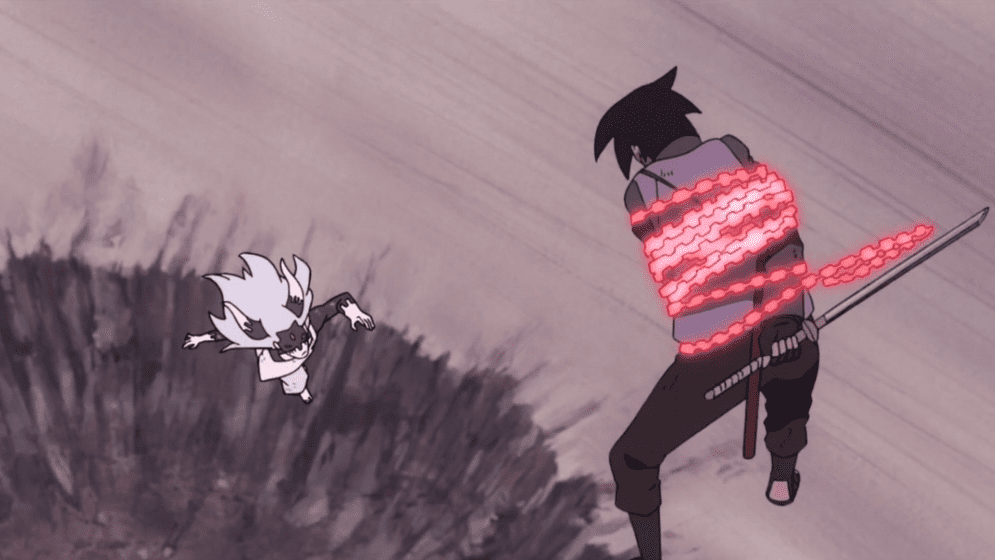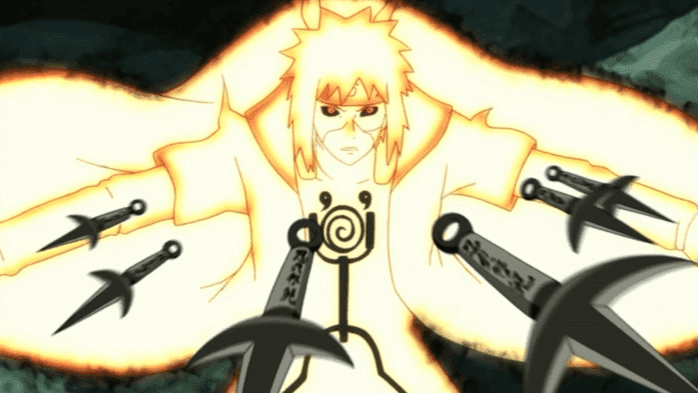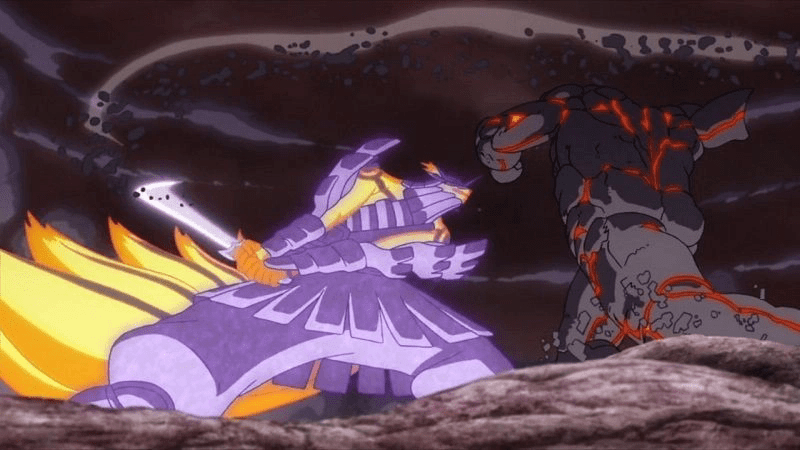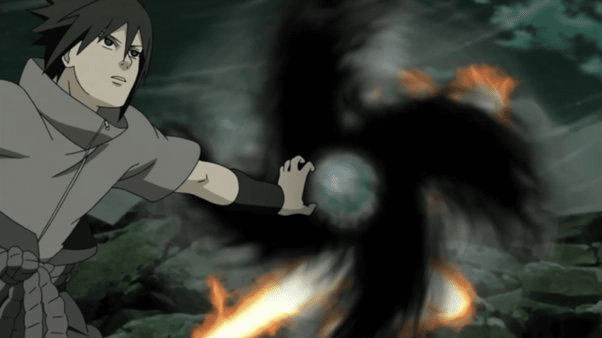In the world of Naruto, the names of various jutsu are both lengthy and distinctive, making it challenging for readers to pronounce them accurately. Here are some examples:
1. Kotoamatsukami
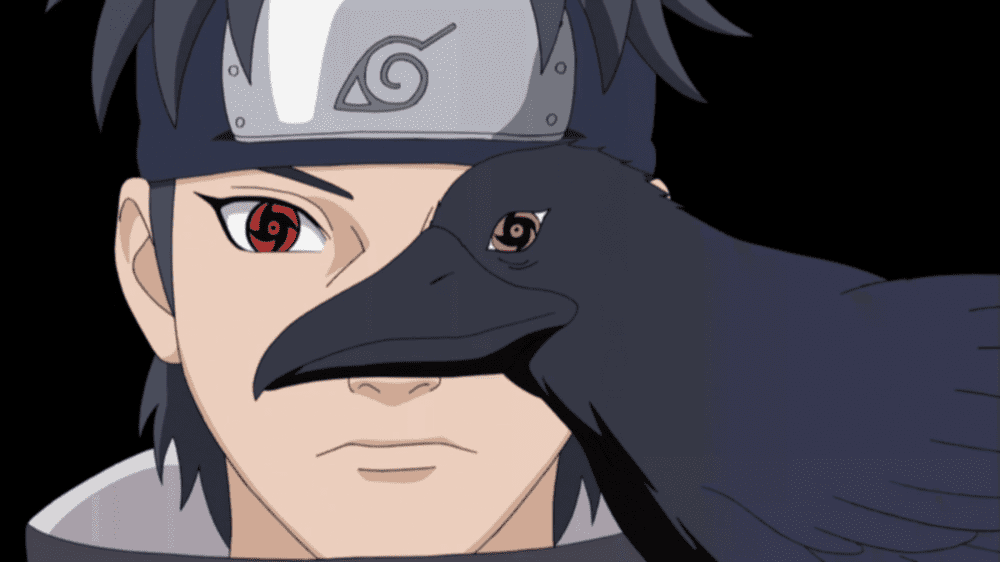
Kotoamatsukami is considered one of the most powerful genjutsu in the Naruto universe. The term “Kotoamatsukami” is derived from Japanese mythology, referring to a deity from Shintoism that has been revered for a long time. This technique can only be used by Uchiha Shisui or by someone possessing his Mangekyou Sharingan. Kotoamatsukami enables the user to manipulate another person’s mind without their awareness, making them act against their will.
This jutsu allows the user to penetrate another person’s psyche and create experiences that feel real, causing them to believe their actions are their own. However, it requires a cooldown of ten years before it can be activated again. The name Kotoamatsukami is quite difficult to pronounce and can lead to mistakes in pronunciation.
2. Amenotejikara
After obtaining the Rinnegan from the chakra of Hagoromo, Sasuke is capable of using a time and space technique called Amenotejikara. The essence of Amenotejikara is to allow the user to swap places with any object or person within their line of sight, regardless of distance. Sasuke once used it to teleport himself from Kaguya’s grasp to Sakura’s location.
Amenotejikara is named after Ameno Tajikarao, a deity known for pulling Amaterasu from the celestial cave, allowing her light to shine across the world. Traditionally, he is considered a deity of physical strength, possessing superhuman abilities. However, the name Amenotejikara can be difficult to pronounce, especially for those who do not speak Japanese.
3. Shikotsumyaku
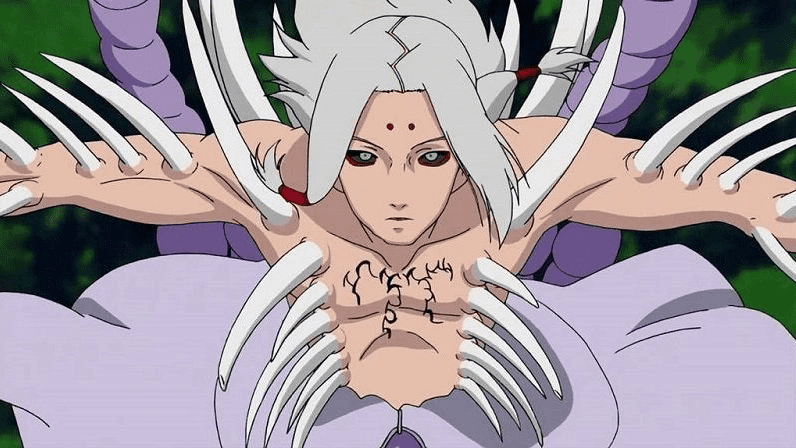
Shikotsumyaku, or the Dead Bone Pulse, is a kekkei genkai of the Kaguya clan, allowing the user to manipulate their body structure. By infusing calcium into their chakra, they can control the growth and properties of their bones at will. This technique enables the user to create bone constructs and weaponry from their own body.
Notably, the name Shikotsumyaku can be challenging for readers, as it resembles a pun in Japanese.
4. Rasen Senkou Cho Rinbuko Sanshiki
By throwing a kunai to mark a target, Minato can teleport quickly to that location, allowing him to attack from various angles. The name of this jutsu is Rasen Senkou Cho Rinbuko Sanshiki. This name reflects Minato’s unique style and is quite a mouthful.
5. Shippu Jinrai: Iso no Hitotachi
When Kurama is enveloped in Susanoo’s armor, the technique used involves wielding a sword, known as Shippu Jinrai: Iso no Hitotachi, which translates to “The Mighty Sword Strike.” At first glance, this jutsu’s name seems straightforward, but it is actually more complex than it appears.
6. Shakuton: Korin Shippu Shikkoku no Ya Zeroshiki
Naruto and Sasuke can combine the wind element of Rasengan with the fire element of Amaterasu to create a new jutsu. A less official name for this technique is Shakuton: Korin Shippu Shikkoku no Ya Zeroshiki, which means “The Blazing Dark Fireball.”
This is an unofficial name because it is too lengthy, but in informal settings, this combined technique is commonly referred to as Shakuton: Korin Shippu Shikkoku no Ya Zeroshiki.
7. Ninpo Sozo Saisei: Byakugo no Jutsu
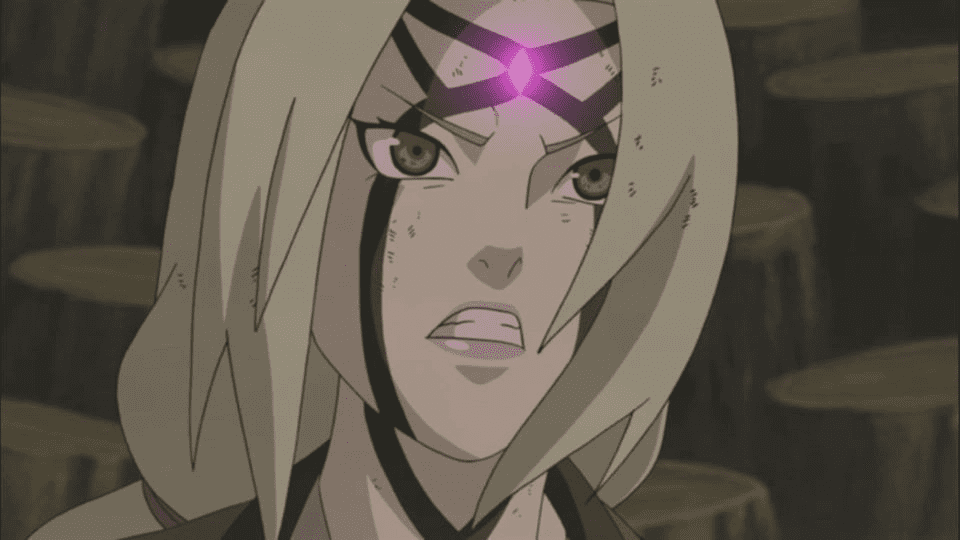
The Byakugo Technique is a healing jutsu devised by Tsunade, enabling the user to store a vast amount of chakra over time on their forehead. When using Byakugo, a mark appears on the forehead that resembles a seal, indicating the user’s chakra reserves.
In this context, the jutsu is referred to as Ninpo Sozo Saisei: Byakugo no Jutsu. Although the name is long, the most challenging part for non-Japanese speakers is the phrase “Sozo Saisei,” which translates to “Creation Rebirth.”


